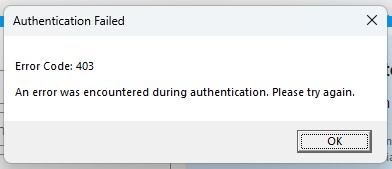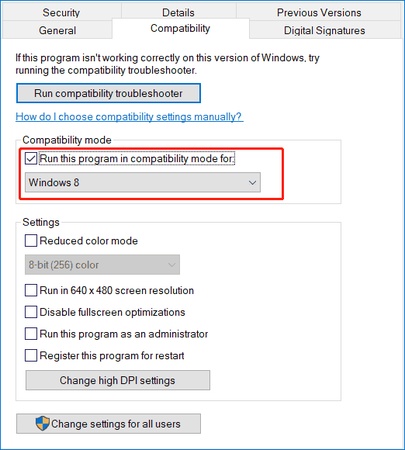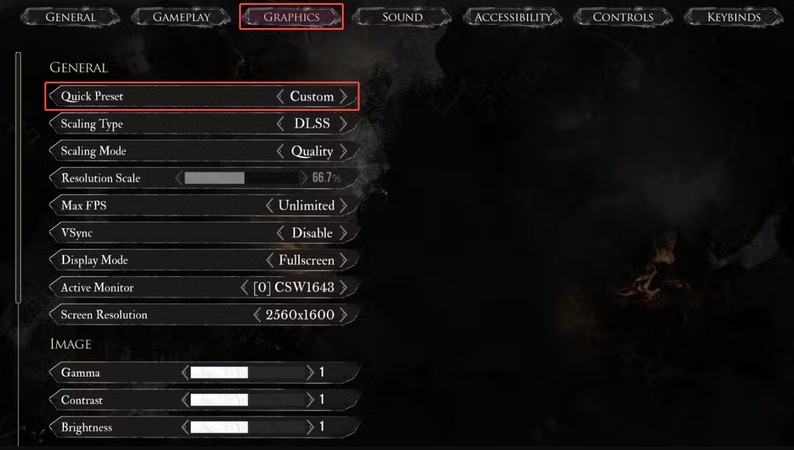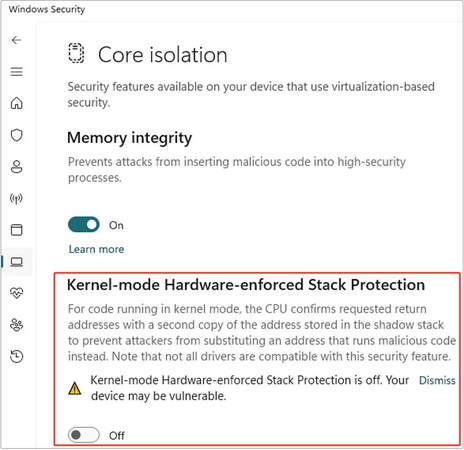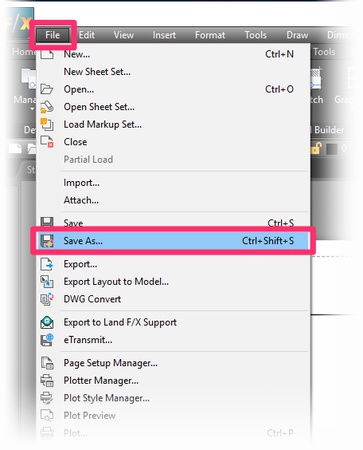How to Fix 403 Forbidden Error on yt-dlp & Other Websites
You click a link or run a tool, and suddenly, a 403 Forbidden Error appears. This is a common problem that prevents users from reaching websites or using tools like yt-dlp.
Studies show that around 11 to 20% of our computer time is wasted on such errors. It can be really confusing. In this article, we explain what the 403 error means and share steps to help you fix it easily.
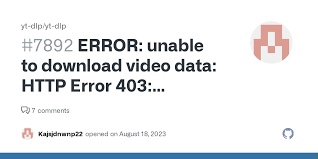
Part 1. What Does 403 Forbidden Mean?
The 403 Forbidden Error is an HTTP status code that means the server understands your request but refuses to allow it. In simple terms, the HTTP 403 error meaning that you are not allowed to access the page or file, even though the link is correct.
This happens when using tools like yt-dlp or YouTube-DL, where the server blocks your request due to permission issues or missing headers in the request. For example, you may see:
“error: unable to download video data: HTTP error 403: forbidden.”
This message appears when the tool tries to get the video, but the server refuses to send it.
Variants of the 403 Error Users Encounter
The 403 forbidden error meaning is the same across platforms, but it appears differently depending on the tool or browser you are using. The phrase “unable to download video data” is especially common with YouTube downloaders.
Some 403 errors that you might see on different platforms are:
- yt-dlp: “unable to download video data: HTTP error 403: forbidden.”
- YouTube-DL: “error: HTTP error 403”
- Free Download Manager: “HTTP Error 403” while fetching files
- Web Browsers (Chrome, Safari, iPhone): 403 forbidden error when opening certain links
- 403 Forbidden: You don’t have permission to access / on this server.
Part 2. Why Am I Getting a 403 Forbidden Error on Some Websites
You may see a 403 forbidden problem when a website blocks your request for different reasons. Common causes are:
- You are not logged in or don’t have permission.
- The website is blocking your country or IP.
- Your request is missing the required headers.
- Too many requests were sent in a short time.
That’s why some websites are 403 forbidden even if they open for others. So, if you are asking why do I get a 403 forbidden message, it means the server is denying access based on these rules.
Part 3. How to Fix the Forbidden Error on Google Chrome/Other Browser Websites
If you see a 403 Forbidden Error on your browser, no need to worry. There are simple steps to fix it and get back online. These tips work well for how to fix Forbidden Error on Google Chrome and other browsers.
1. Refresh the Web Page
Sometimes, the error is temporary, such as a server miscommunication, a session timeout, or a transient network issue. To reload the page, Press Ctrl+F5 or the Reload button.
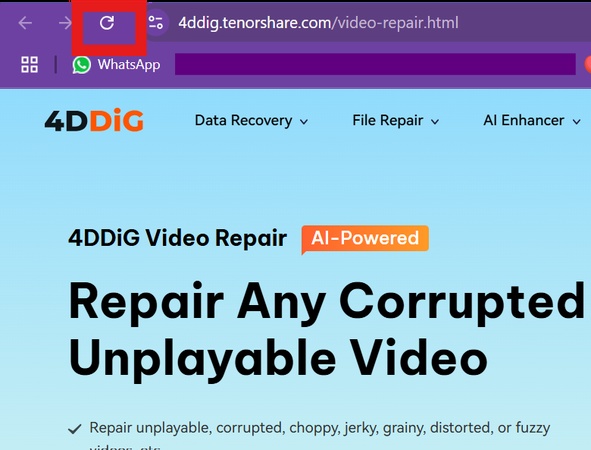
2. Clear Browser Cache and Cookies
Corrupted or outdated cache and cookies can cause a 403 error if they contain invalid session data, authentication tokens, or mismatched credentials that the server rejects.
Go to “Settings” > “Privacy” > “Clear Browsing Data”. Select Cookies and Cached Images, and then click Clear Data. Recheck the site and find out if this step for how to fix 403 forbidden works.
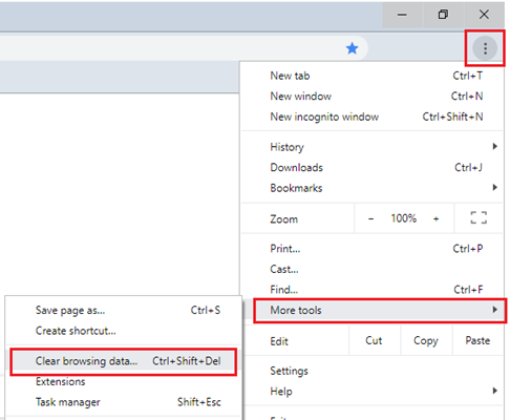
3. Check for Correct URL or Permissions for Access
A 403 forbidden error explicitly means "access is denied," often because the URL is incorrect (pointing to a restricted resource) or the user lacks proper permissions (e.g., requiring a login or specific user role).
Make sure that the website link you have clicked is correct. If needed, you should log in or request access again. A proper URL ends with a .com or has a specific extension, not a /.
4. Disable Extensions and Add-ons
Browser extensions (e.g., ad blockers, privacy tools, or script managers) can interfere with a website’s functionality by blocking scripts, modifying HTTP headers, or altering requests, leading the server to issue a 403 error as a security measure.
Go to “Settings” > “Extensions”. Turn off all, then reload the page and turn them on individually.
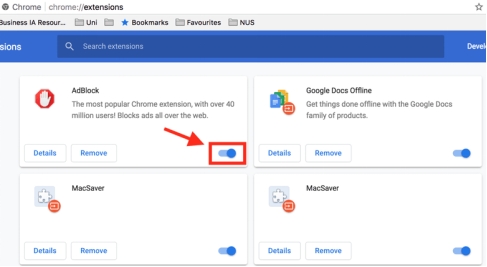
5. Use a VPN to Bypass Geo-restrictions or IP Bans
A 403 error can occur if the server blocks your IP address due to geo-restrictions (location-based access rules) or an IP ban (e.g., for excessive requests or suspected abuse).
A VPN changes your IP address and routes your traffic through a different server, potentially bypassing these restrictions. Download a free VPN. Connect it to a different country and try opening the page again.
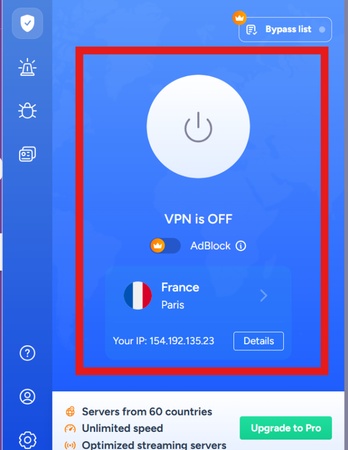
All these steps above explain how to get rid of HTTP 403 Forbidden without expert help.
Part 4. Specific Issue Fix: yt-dlp Error: Unable to Download Video Data: HTTP Error 403: Forbidden
If you see the message “yt-dlp HTTP error 403 forbidden” or “youtube-dl unable to download video data,” the tool is blocked. Here is how to fix it:
1. Update yt-dlp or YouTube-DL to the Latest Version
Outdated versions can trigger the 403 Forbidden Error. You should download the current version from the official site or run the update command: yt-dlp -U.

If you want to update yt-dlp in command, press Win+R, enter
cmd, and then click Press. Afterward, please run the following
commands:
,code>yt-dlp --version (Check the current version)pip install -U yt-dlp (Update yt-dlp)
If yt-dlp was installed via another method (e.g., Homebrew on macOS), use:
brew upgrade yt-dlp. For youtube-dl (if used instead), run: pip install -U
youtube-dl
2. Add Custom Headers or User-Agent Strings
Some websites block yt-dlp requests by detecting its default User-Agent
(identifying it as a bot) or requiring specific headers for authentication.
Use “- - add header” or “- - user-agent” flags while running your yt-dlp
command to mimic a browser.
-
Open a web browser (e.g., Chrome or Firefox) and visit the website hosting the video.
-
Right-click the page, select “Inspect” (or press F12), go to the “Network” tab, and refresh the page.
-
Click on any request, find the “Request Headers” section, and copy the User-Agent string.
-
Add the User-Agent to yt-dlp. Run your
yt-dlpcommand with the--user-agentoption:yt-dlp --user-agent.
3. Switch to Alternative Servers or Proxies
If the issue continues, try Free Download Manager. But keep in mind that users also report a free download manager HTP error 403.
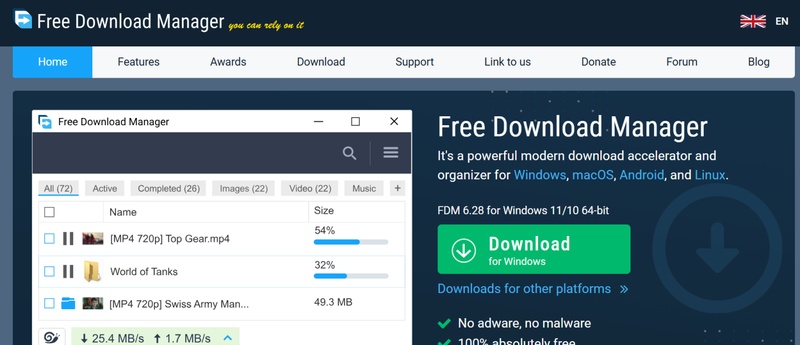
Part 5. Bonus Tip: How to Fix Corrupted Videos Downloaded from YouTube
Sometimes, the downloaded video from some websites might not play properly even after all errors are fixed. It can be broken or simply won’t open at all. Using a trustworthy tool can save time and effort in such cases.
4DDiG Video Repair can help fix corrupted or unplayable video files from YouTube and other sources. It supports formats like MP4, MOV, MKV, and more. The File Repair tool can also recover images and audio files if your files were damaged during download.
Secure Download
Secure Download
Steps to Fix Corrupted YouTube Downloaded Videos Using 4DDiG
-
Download and install 4DDiG from the official website. Launch the program and choose the “Video Repair” tool from the “Corrupted File Repair” section.

-
Click “Add Videos” to import the corrupted video files.

-
Press “Repair All” and the software will start repairing the corrupted video files. Wait for the process to finish.

-
Preview and click “Save All” to check and store the repaired video to your device.

FAQs about Unable to Download Video Data: HTTP Error 403: Forbidden Problem
Q1: Does 403 Forbidden mean I'm blocked?
In most cases, the 403 Forbidden Error means the server is stopping you from accessing the content. This can happen if your IP, browser, or tool is restricted. It does not always mean a permanent block; it may just be a denial at the moment.
Q2: What is error 403 on YouTube downloader server?
The error 403 means that the server is not giving the video data to the downloader. It might be due to changes in YouTube’s security, outdated downloader versions, missing request headers, blocked IP addresses, or even region restrictions.
Conclusion
The 403 Forbidden Error on some websites, especially yt-dlp and YouTube-dl, can prevent you from downloading quality videos or visiting certain websites. Such a situation can be frustrating, especially when you don’t know what happened.
If the error damages your video file, makes it stuck or blurry, or prevents it from playing, you can use the 4DDiG Video Repair tool. Try it today to fix your corrupted or broken video files in just a few clicks.
Secure Download
Secure Download
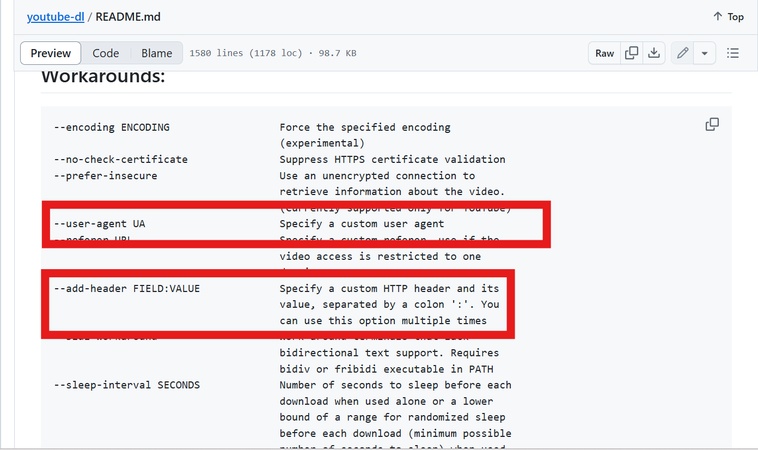
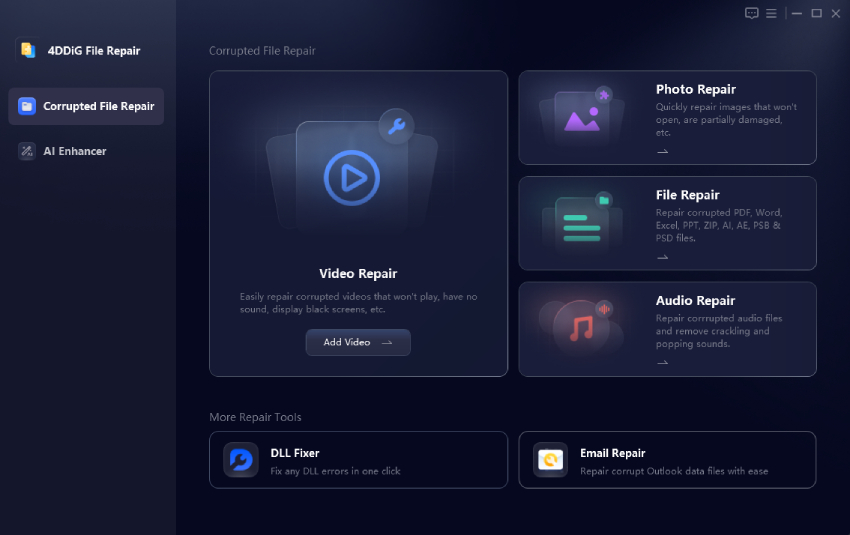



 ChatGPT
ChatGPT
 Perplexity
Perplexity
 Google AI Mode
Google AI Mode
 Grok
Grok

